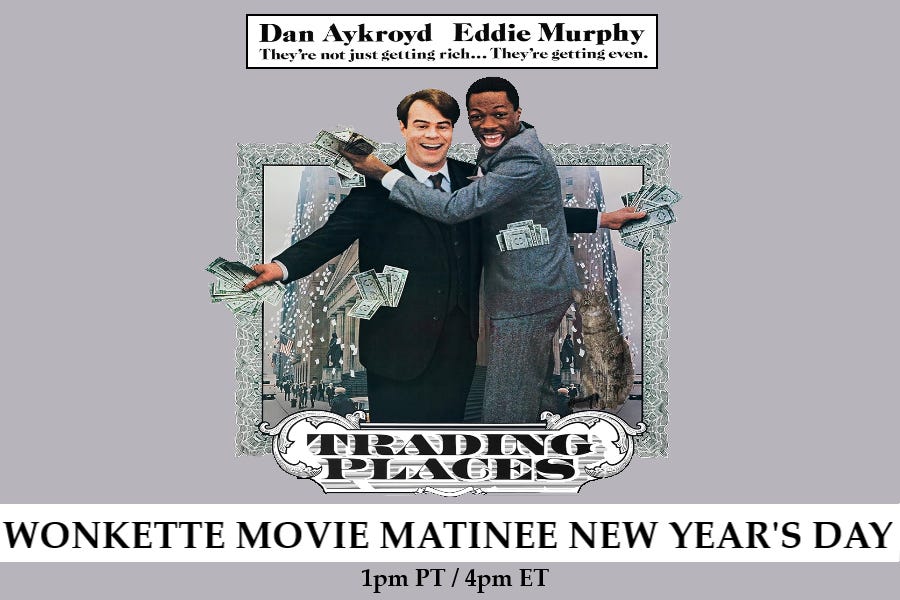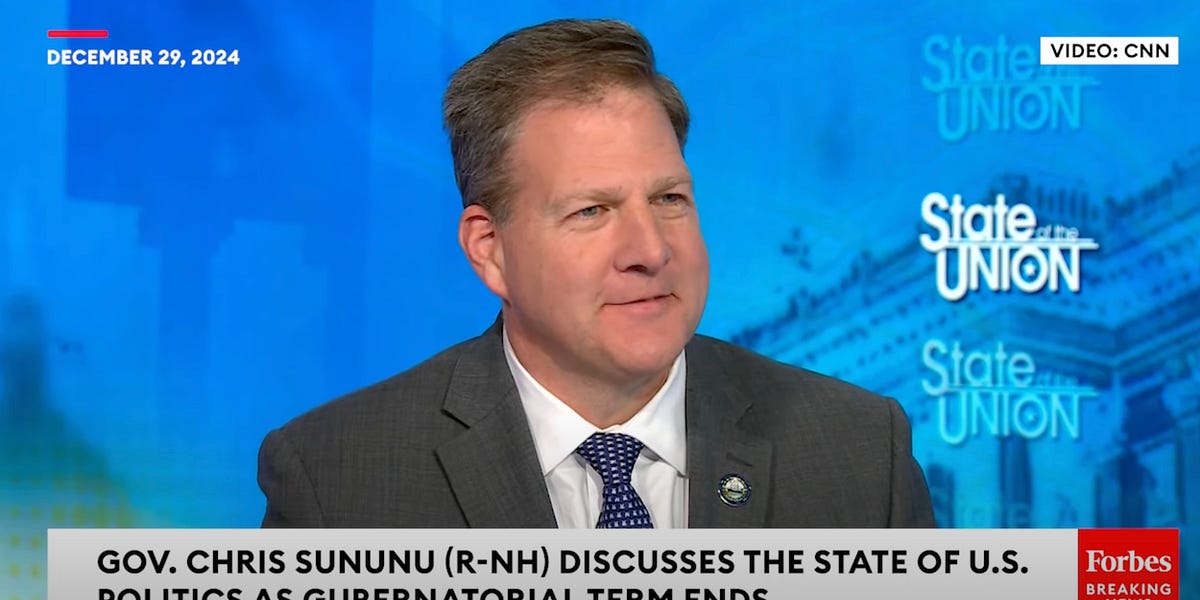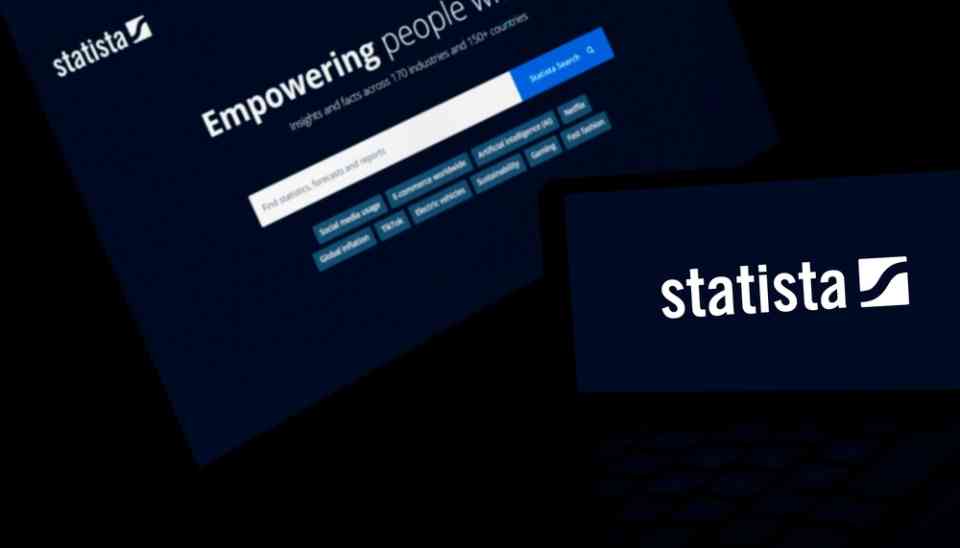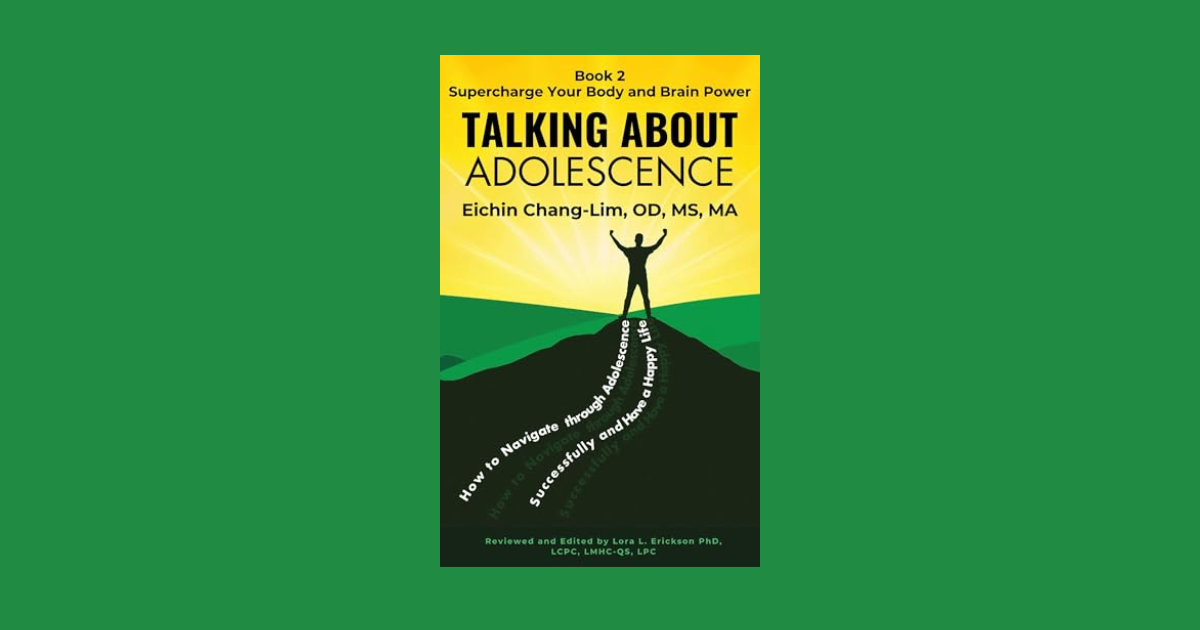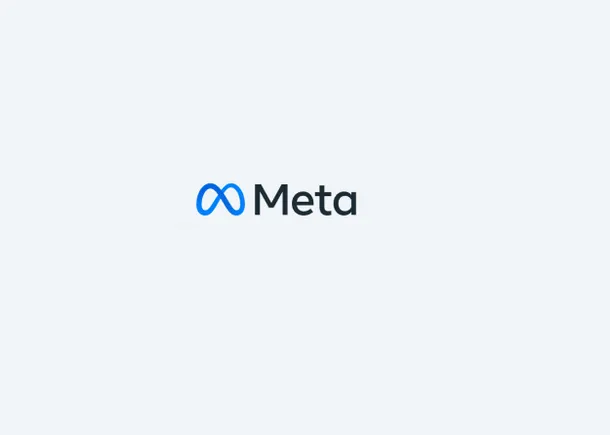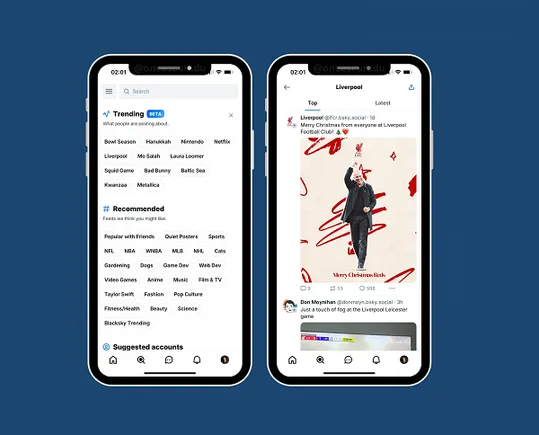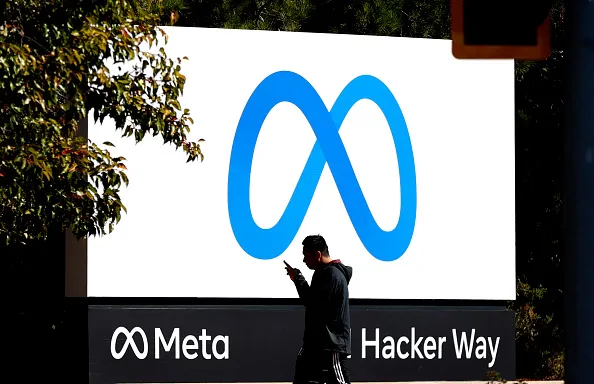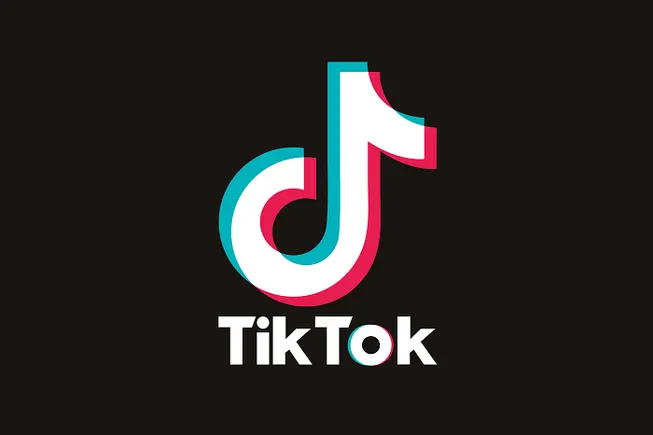As marketers, we walk a fine line between collecting customer data to deliver value and infringing on consumer privacy.
Recent trends in privacy regulations are restricting how companies can use personal data in advertising and marketing. This article explores ethical alternatives to common marketing tactics that rely on collecting sensitive customer data.
The dilemma of sensitive data
Nearly 87% of Americans can be uniquely identified by using their date of birth, gender and five-digit zip code alone, Harvard privacy researcher Latanya Sweeney estimates. If you’re a marketer, that’s exciting. For many other people, that’s alarming.
As martech and marketing operations practitioners, we need to help find ways to offer customers value without relying on tactics that threaten people’s privacy. This is especially pressing as global privacy regulatory trends are growing more restrictive.
For example, the EU recently banned Meta from using first-party data in advertising. If companies can’t even use data they collect from consumers, that further drives the need to find ways to offer value without infringing upon consumer privacy.
Dig deeper: Why marketers should care about consumer privacy
Is collecting sensitive data necessary?
Why do our companies even collect data? Do we really need each piece of information? The more sensitive the data is, the greater the risk the company runs in collecting and using it, ranging from PR fiascos to conversion friction to data breach exposure. Are we getting more value than risk?
In many B2C contexts, companies have collected customers’ birthdays. They like to send them an offer in order to show customer appreciation. A restaurant, for example, may offer a customer a free meal or deal during their birthday month. The hope is that the gesture will make the customer feel special so they return repeatedly.
However, does a restaurant really need to collect a customer’s birthday? Likely not. One potential alternative practice is to recognize the anniversary of the customer joining a loyalty program instead. A loyalty program join date is far less sensitive in the broader scheme of things than a birth date. While the join date may not be as meaningful, it still gives the restaurant an excuse to reach out with an offer to foster brand loyalty.
Other alternative occasions involve celebrating the company’s milestones instead of the customers’. Such milestones could include accolades, product launches and related silly holidays (like Cupcake Day, which is December 15).
When collecting sensitive data is deemed necessary, it is helpful to consider explaining to customers why this data is requested. As the general public becomes more savvy in regard to privacy, people may feel reluctant to proceed with a transaction when a sensitive piece of data is requested without an explanation.
More people ask themselves, “Why does this food truck need to know my birthday?”
Dig deeper: 4 tips for navigating sensitive customer data
Alternative approaches to segmentation
Typically, when folks speak about segments, they are usually built around demographics. However, there are more possibilities.
For example, what about building a segment around returning website visitors? Or what about night owl website visitors on the site during the middle of the night?
Such ideas typically come up when discussing personalization — a tactic far easier to envision than to execute. However, as privacy legislation and trends grow more restrictive, using data points that aren’t personally identifiable information (PII) certainly has growing appeal.
However, be sure to use such segmentation carefully and wisely. For instance, it is easy to stereotype people by the devices (type, brand, etc.) they use and treat them accordingly. The grocery store industry, for example, is facing criticism over this. Advocates claim that stores offering digital-only coupons discriminate against low-income shoppers and seniors as they’re less likely to use digital devices than more affluent or younger customers.
Single-channel offers are also worth considering. Offering something by only collecting one piece of data — like an email address or mobile number — can yield good results. Such offers should come up elsewhere to avoid ethical concerns with tactics like digital-only coupons. Remember to always consider martech ethics when strategizing with segments.
Caution with gated content
In B2B and other contexts, companies should also consider these issues in regard to gated content. Account-based orchestration vendor 6sense, for instance, argues against gating a lot of content since it can let the company know a lot about a site visitor and their intent, even if they don’t divulge information in a form. What’s the point in asking a site visitor who they work for if you already know that?
Of course, companies can garner trust by exercising transparency about their use of such tools. People are growing more aware that they’re not as anonymous as they hope. So, why bother pretending otherwise?
Greater transparency
As more people experience privacy violations and data breaches, they are becoming more aware of privacy issues. This means companies must be very clear and transparent about collecting and using customer data. Being open with customers about why certain data is gathered and how it will be used can help build trust.
Just as we should ask ourselves why we need certain types of data, we should better explain why we collect what we do. Granted, we may not need to proactively place a detailed explanation on every form or touch point, but we need to explain in understandable language, which most privacy policies and terms and conditions pages currently don’t use.
Such transparency can help foster trust between the customer and the company. This should help people feel more comfortable providing data in a first-party format. Further, transparency should spark further contemplation about what the company offers the customer in exchange for a piece of their personal data.
Is that 10% discount on a $20 product really worth it? Is the company sufficiently committed to providing quality and valuable content in a newsletter to make data exchanges worth it? Are the t-shirts with the company logo really that rad?
While such consideration on both sides of the equation may present more short term friction, it should mitigate against future problems and concerns. Enlisting a diverse group of people is important when making such plans to mitigate against potential concerns.
Dig deeper: 3 privacy-centric solutions for marketing compliance
Doing more with less
We should realize that constraints, like those regarding the type of data we can collect and how we can use it, aren’t necessarily bad. In many cases, constraints can spark creativity and innovation. Viewing constraints constructively helps us develop more sustainable and valuable tactics for long-term strategies.
We can certainly do more with less data than most of us currently envision, and fortunately, many privacy advocates offer alternatives along with their critiques and warnings. As a martech and marketing ops community, we should lean upon experts like Sweeney and the work of her Public Interest Tech Lab.
The post Marketing value and data: Doing more with less appeared first on MarTech.









